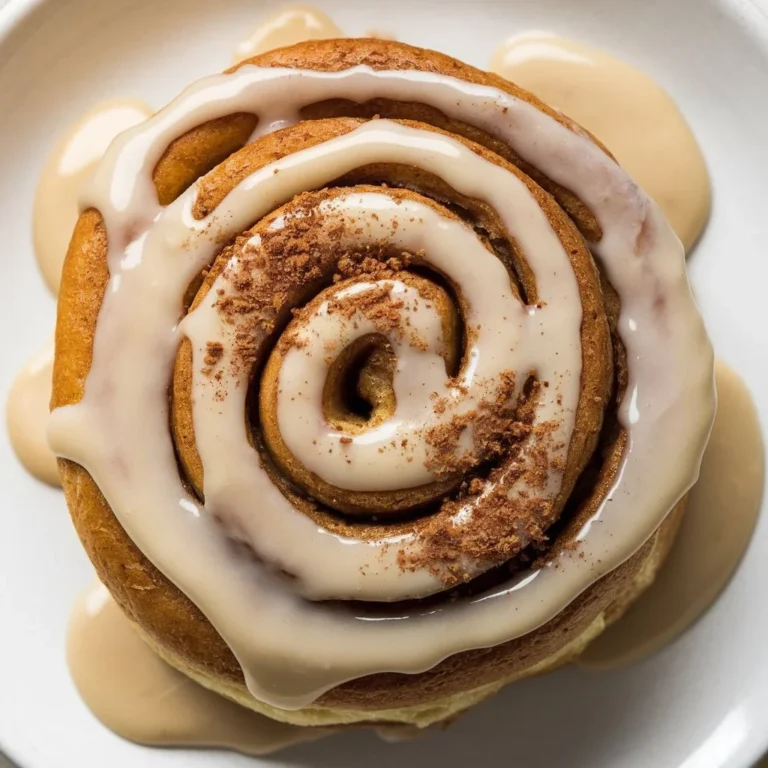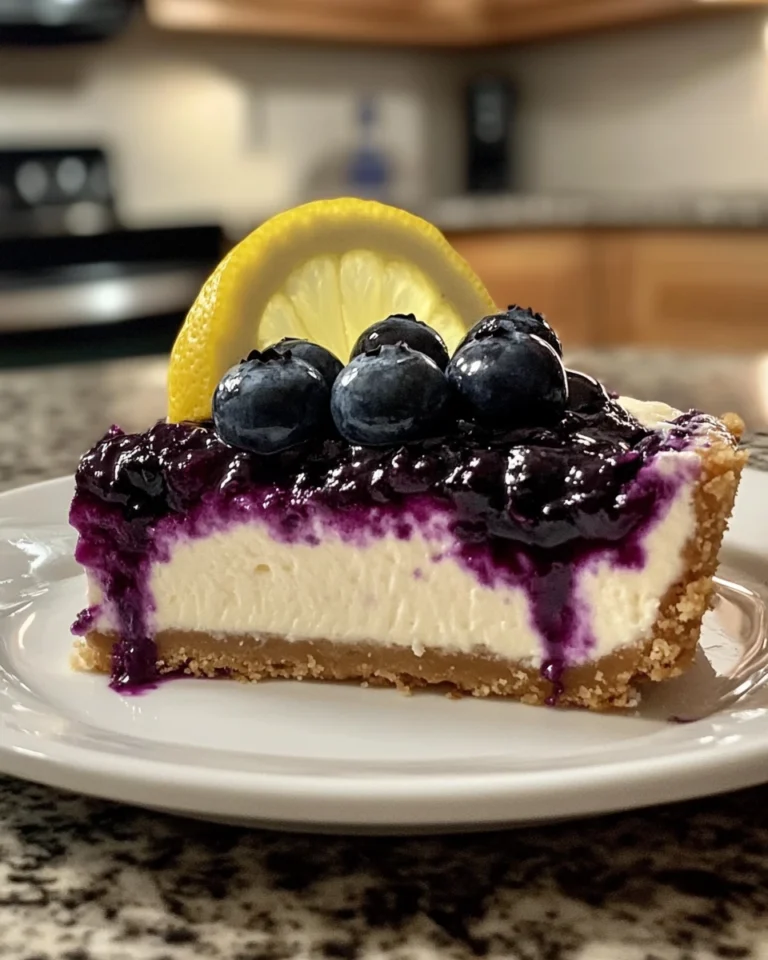Does Cheesecake Contain Lemon?
Does Cheesecake Contain Lemon?
Cheesecake is a beloved dessert with a creamy texture and rich flavor. One common question is: Does cheesecake contain lemon? While lemon is popular in many cheesecake recipes, it isn’t always necessary. In this article, we’ll explore lemon’s role in cheesecake. We’ll also look at alternatives and customize recipes to suit personal preferences. Plus, we’ll answer frequently asked questions about this delightful dessert.
What is Cheesecake?
Before answering the question, it’s important to know what cheesecake is. Cheesecake is a dessert made from cream cheese, eggs, and sugar. It’s baked to create a dense and rich texture. There are many different types of cheesecake, such as New York-style cheesecake or no-bake cheesecake. Each version has its unique texture and flavor.
A Brief History of Cheesecake
Cheesecake has been enjoyed for centuries. It dates back to ancient Greece and was even served during the first Olympic Games. The dessert spread to Rome and then to Europe. Over time, different regions added their own ingredients. This gave rise to the many variations we see today.
In the U.S., New York cheesecake became iconic. Its dense, creamy texture is often enhanced with lemon juice. But is lemon always included in cheesecake recipes? Let’s explore that now.
The Role of Lemon in Cheesecake
1. Why is Lemon Added to Cheesecake?
Lemon adds both flavor and texture to many cheesecake recipes. It enhances the taste without overpowering the richness of the cream cheese. Lemon also works as an acidic agent. It reacts with the proteins in cream cheese, helping the cheesecake to set properly during baking.
Lemon’s Role in Texture
Lemon juice ensures the texture of cheesecake remains firm yet creamy. The acidity interacts with the fatty proteins in cream cheese, creating the ideal firmness. Without this acid, the cheesecake could be too soft or runny.
Other acidic ingredients, such as sour cream or buttermilk, can provide the same effect. But lemon juice adds a refreshing flavor that complements the richness of the dessert. If you’re looking for a lemon-blueberry combination, check out this lemon-blueberry cheesecake recipe.
Lemon’s Role in Flavor
Lemon doesn’t just improve texture. It also balances the rich, creamy flavor of cheesecake. The tartness cuts through the cream cheese, adding a citrusy note. When used sparingly, lemon juice complements other flavors in the recipe.
Some recipes, like lemon curd cheesecake, highlight lemon as a main flavor. However, in most traditional cheesecake recipes, lemon enhances the dessert without dominating.
2. Is Lemon Necessary in Cheesecake?
No, lemon is not always necessary in cheesecake. While it’s common in New York-style cheesecake, there are plenty of recipes without it. Some cheesecake varieties, like chocolate or peanut butter cheesecake, skip lemon. Instead, they rely on other ingredients for flavor and structure.
Even when lemon is included, it can often be replaced by other acidic ingredients. Vinegar or sour cream are good substitutes for lemon juice. These alternatives help with texture and add a subtle flavor.
The Science Behind Lemon in Cheesecake
Why does lemon work so well in cheesecake? The answer lies in science. When mixed with cream cheese, the acid in lemon juice causes a reaction. This reaction makes the cheesecake firm and creamy.
Without lemon or another acid, the cheesecake may not set properly. This could result in a dessert that’s too soft or runny. Lemon juice also balances the rich, heavy flavor of the cream cheese. This creates a more harmonious dessert.
For those who love experimenting with desserts, you may want to try a fruit-based version like this strawberry cheesecake dump cake. The balance between fruit and acidity transforms the flavor.
Variations of Cheesecake Without Lemon
Not all cheesecakes need lemon. Below are some popular versions that don’t include lemon:
1. No-Bake Cheesecake
No-bake cheesecake is a quick alternative that doesn’t require an oven. Instead, it sets in the refrigerator. The texture comes from a combination of cream cheese, whipped cream, or gelatin. Since it doesn’t rely on the same chemical reactions as baked cheesecake, no-bake versions often skip lemon.
2. Chocolate Cheesecake
In chocolate cheesecake, the rich flavor of chocolate takes the spotlight. Lemon is typically omitted in these recipes to avoid clashing with the chocolate flavor. Instead, sour cream or buttermilk may be used to help the cheesecake set properly.
3. Peanut Butter Cheesecake
Like chocolate cheesecake, peanut butter cheesecake focuses on a strong flavor. Lemon is usually left out, as it doesn’t pair well with peanut butter. Other ingredients, like cream of tartar or vanilla extract, are used instead.
4. Savory Cheesecake
Some cheesecakes are savory instead of sweet. These often use goat cheese or ricotta with herbs and spices. Lemon is not typically used in savory versions, which are more like appetizers than desserts.
Alternatives to Lemon Juice in Cheesecake
If you don’t have lemon juice, several substitutes will work:
1. Vinegar
Vinegar provides the acidity needed for texture. However, use it sparingly. Too much vinegar can overpower the cheesecake. For best results, use a 1:1 ratio when replacing lemon juice.
2. Lemon Zest or Lemon Extract
These give a similar flavor without the liquid. Lemon zest or lemon extract can provide a citrusy flavor. However, they don’t affect texture as much as lemon juice.
3. White Wine
White wine may seem like an unusual substitute, but it works well in cheesecake. It adds the necessary acidity and a subtle flavor. Choose a dry wine for best results.
4. Citric Acid
Citric acid is a concentrated form of lemon’s acidity. It helps with texture but won’t change the flavor much. This makes it ideal for people who don’t want a citrus taste.
5. Cream of Tartar
Cream of tartar is another acidic ingredient. It won’t provide a lemon flavor, but it helps the cheesecake set properly.
For more ideas on fruity and tangy desserts, you can explore blueberry dump cake.
How to Customize Cheesecake Recipes
One of the best things about cheesecake is how easy it is to customize. Here are a few tips on modifying cheesecake recipes:
1. Adjust the Amount of Lemon Juice
If you like lemon but don’t want too much, reduce the amount. You’ll still get the benefits of the acid, but the flavor will be more balanced.
2. Experiment with Other Citrus Fruits
Try using lime, orange, or grapefruit instead of lemon. These fruits have similar acidity but different flavors. This can give your cheesecake a unique twist.
3. Create a Lemon-Free Cheesecake
If you don’t want lemon flavor, substitute it with one of the alternatives mentioned above. Vinegar, citric acid, or sour cream can all help the cheesecake set.
4. Add a Lemon Topping
If you love the taste of lemon, consider adding a topping. A drizzle of lemon curd or lemon glaze on top of your cheesecake can provide a bright flavor.
Frequently Asked Questions (FAQs)
Do All Cheesecake Recipes Use Lemon?
No, not all recipes use lemon. Many, like chocolate or peanut butter , omit lemon entirely.
Can I Make Cheesecake Without an Acidic Ingredient?
Yes, but the texture may not be as firm. Acidic ingredients help the cheesecake set properly. Without them, the result may be too soft.
Does Lemon Juice Make Cheesecake Too Tangy?
In most recipes, lemon juice adds a subtle tang. It enhances the flavor without overpowering it.
What Happens If I Use Too Much Lemon Juice?
Too much lemon juice can make the cheesecake sour. It can also affect the texture, making the batter too runny.
Conclusion
Lemon is common in cheesecake but not always necessary. It plays an important role in balancing texture and flavor. However, many cheesecake recipes work well without it. Whether you choose to include lemon or explore alternatives, cheesecake is a dessert that allows for creativity.
If you’re looking for new recipes, check out lemon-blueberry cheesecake. For a fruity variation, you might enjoy the strawberry cheesecake dump cake.






